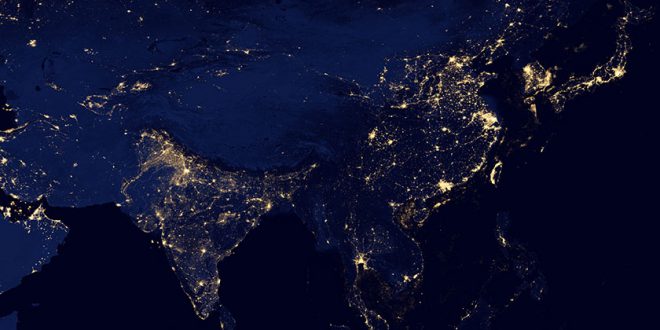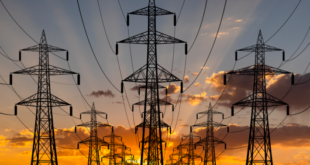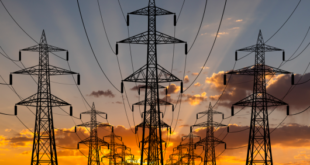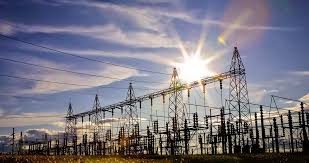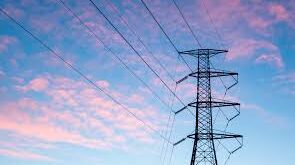In a sign of great progress. over 120 million people worldwide gained access to electricity in 2017. This means that for the first time ever. the total number of people without access fell below 1 billion according to new data from World Energy Outlook 2018.
In particular. one of the greatest success stories in access to energy in 2018 was India completing the electrification of all of its villages. Many other Asian countries have also seen significant progress. In Indonesia. the electrification rate is almost at 95%. up from 50% in 2000. In Bangladesh. electricity now reaches 80% of the population. up from 20% in 2000.
Meanwhile in Africa. Kenya’s access rate has increased massively from 8% in 2000 to 73% today. and the Last Mile Connectivity Project aims to deliver universal access by 2022. In Ethiopia. electricity now reaches 45% of the population compared with just 5% in 2000. The National Electrification Program has set out a plan to reach universal access by 2025. aiming to reach 35% of the population with off-grid solutions.
The population without access to electricity remains at 600 million in sub-Saharan Africa – totalling 57% of population – and 15 countries in that region have access rates below 25%. Meanwhile 350 million people lack access in developing Asia. or 9%. In addition. nearly 2.7 billion people lack access to clean cooking facilities worldwide. relying instead on biomass. coal or kerosene as their primary cooking fuel.
Over the past two decades the IEA has supported these efforts by providing country-by-country data on energy access. in addition to serving as one of the custodian agencies for SDG 7.2 on renewables and 7.3 on energy efficiency. The IEA is also chairing the next edition of the Tracking SDG7 report due in May 2019. a joint work of the SDG7 co-custodian agencies namely (IEA. IRENA. UN Statistics Division. WHO. and World Bank).
 Iran Energy News Oil, Gas, Petrochemical and Energy Field Specialized Channel
Iran Energy News Oil, Gas, Petrochemical and Energy Field Specialized Channel
